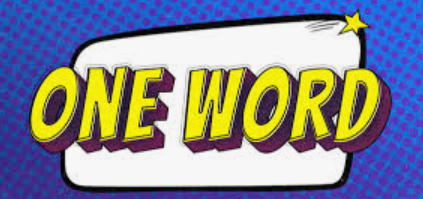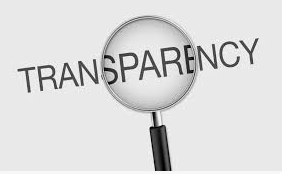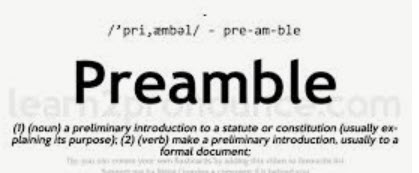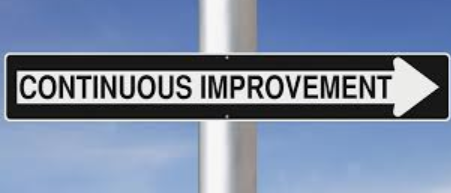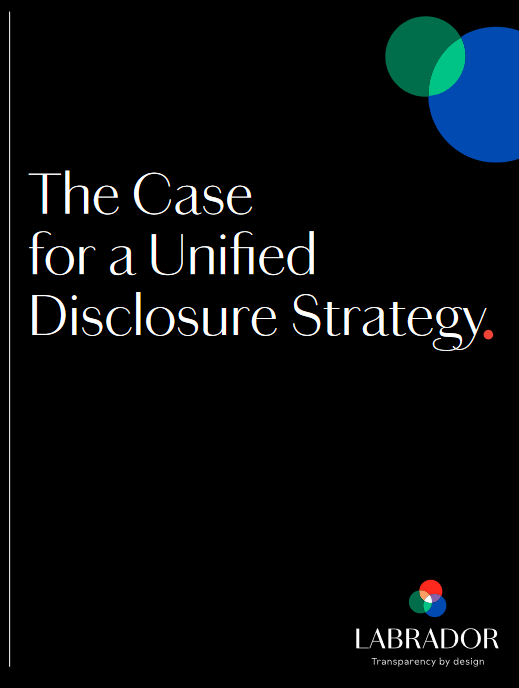As I head into my second year serving as a Transparency Champion, I’m excited about the progress we’ve made in making people aware that there is such a thing – and excited about near-terms plans to start taking the movement to the next level.
But I’d like to take a step back and answer the question that I receive most frequently: “What is transparency?” Well, we have this explanation posted on this site – but I can see how that might not be so easy to understand. I realize now that it’s perhaps to boil down the explanation to a single word: “PACCA.”
What? That’s right, “PACCA.” Which is an acronym for the “Five Pillars of Transparency”:
- Precision – The disclosure prioritizes thoughtful reporting and includes critical information beyond requirements of compliance that helps readers understand the company.
- Accessibility – Readers can quickly find pertinent information in a document and information is presented in a manner that is easy to digest.
- Comparability – Information is summarized appropriately and presented in a way that facilitates comparisons across companies and against readers’ own guidelines, criteria and expectations.
- Clarity – Writing is in clear, plain language so that disclosures are immediately understood by the reader.
- Availability – Readers can easily find the document(s) they want in the format and language they need. Readers should be able to get the information when they need it, and not way later.
What disclosure drafter – what disclosure reader – would be against these five pillars? They are common sense. They feel natural. They feel easy to accomplish.
But why accomplish this type of drafting? I can think of two pretty good reasons. In fact, when it comes down to human nature, these two reasons are the primary reasons why people get motivated to act: “greed” and “fear.”
Here’s how transparency is tied to these two reasons:
- Greed:
– The company will have greater value as a business because its reputation is enhanced as trust is built with all stakeholders.
– Your value to the company – and potential employers – will be enhanced because your work output will be easier to identify as having high quality.
2. Fear:
– The company is less likely to have legal liability or having poor reputational issues because it’s considered a laggard in being transparent.
– Your value to the company – and potential employers – won’t be damaged because of government investigations or lawsuits that arise from disclosure that isn’t transparent.
So being transparent in disclosure is not a “morality” thing. It’s about being calm, cool and collected and taking care of business. It’s obvious. It’s something that doesn’t have to be a victim of overthinking. Just do it.
